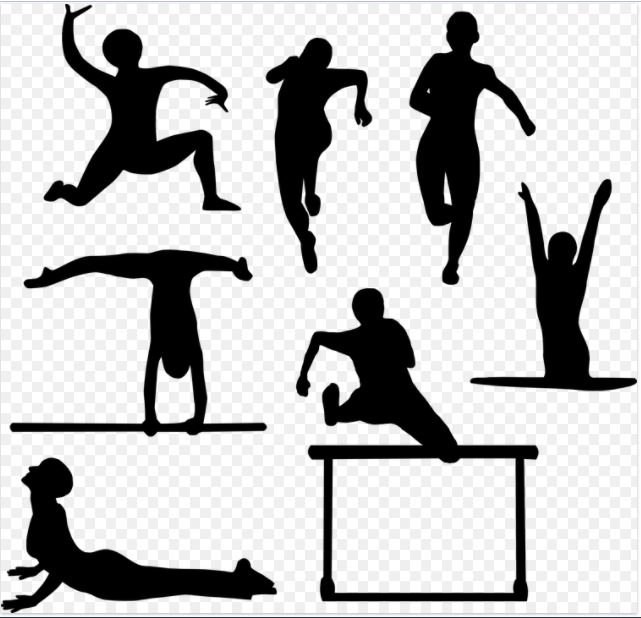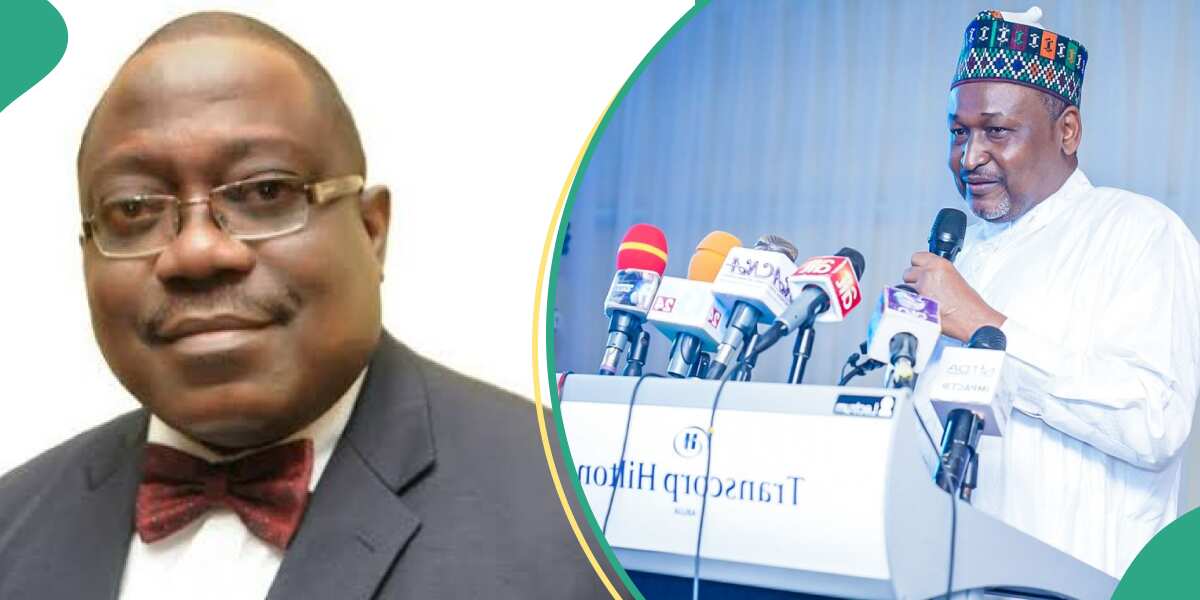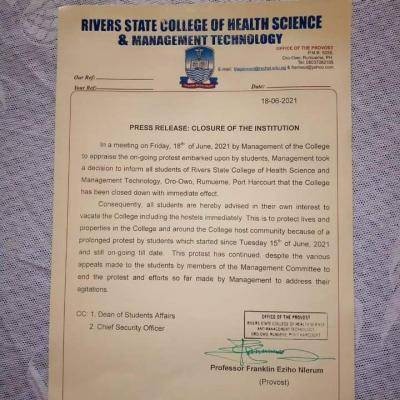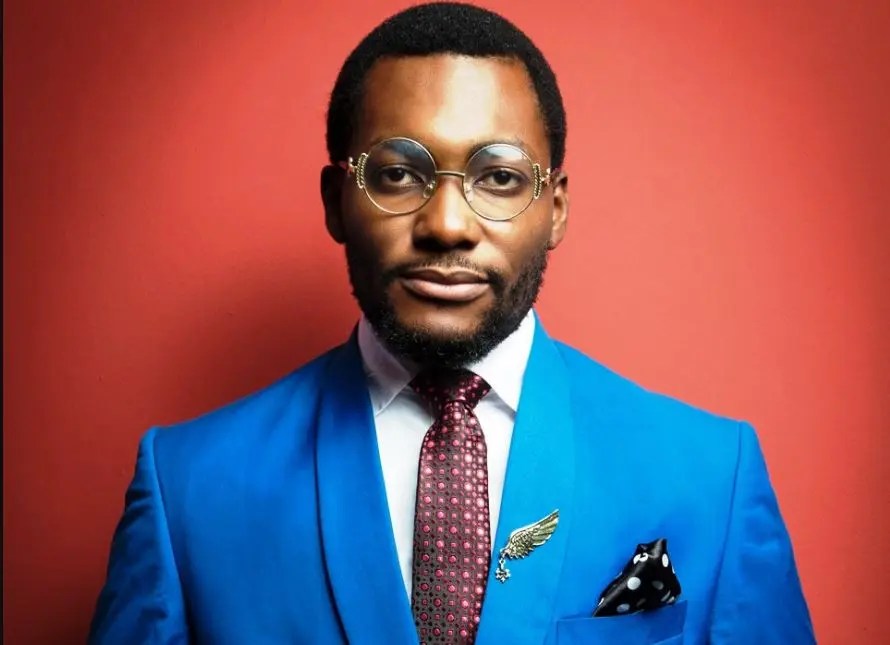
Physical Education is a classroom-based course intended to understand physical activity within the field of health. It focuses on teaching students how to become physically fit. Physical education classes focus specifically on the body; they teach students how to understand and improve their bodies through exercise, sports, and otherwise. Physical education programs are mandatory in most schools; it’s considered an essential part of a well-rounded education.
First, there are two types of physical education that one can pursue; these are coaching or leisure sports. A coach is responsible for educating children on proper techniques in different sports and improving skills through practice and gameplay. Leisure sports include playing any sport (fishing) without the pressure of being good at it or making it into professional leagues (for example). Some people enjoy fishing simply because it provides relaxation and an opportunity to socialize.
Another sub-discipline within physical education includes activity for disease prevention, like dietary guidance and smoking cessation. Physical activities that focus on these goals are considered health-oriented. Health-oriented programs include training in healthy eating habits and exercise; they also teach kids to make intelligent decisions about their bodies, like avoiding drugs and alcohol (substance abuse).
Physical and health education is a diverse field that allows people to become engaged in numerous areas of expertise. Physical and health education branches enable professionals to work with specific populations or to specialize in particular disciplines. One can make several different career choices upon graduating from an accredited physical education program, including working as a gym teacher, athletic coach, personal trainer, aerobics instructor, park ranger, or other careers requiring the knowledge learned during Physical & Health Degrees.
Kinesiology
Kinesiology is the study of human movement, which falls under physical education as well. Kinesiologists work alongside athletes directly or as athletic trainers; they’ll often provide feedback about how to execute specific exercises and whether changes need to be made moving forward (so as not to injure a student’s body). They also help individuals recover from injuries and coach them to prevent those injuries from happening again.
Careers in Physical and Health Education
Physical and health education is an academic discipline with career opportunities such as:
- Physical and Health education teacher
- Physical Education teacher
- Physical therapist
- Physical therapist assistant
- Physical therapy aide
- Athletic trainer
- Physical Fitness Technician
- Career Counselor
- Dietitian/Nutritionist
- Kinesiologist
- Personal trainer/sports trainer/fitness instructor/aerobics instructor
- Orthopedics Technologist
What do they all have in common? They all require a degree from an accredited college or university. The course of study for PE, Physical Therapist, Physical Therapy Aide, and Physical therapy assistant is different from other disciplines because it is recommended that these courses include some basic sciences such as anatomy and physiology, along with the study of kinesiology. Other careers mentioned above may not necessarily need additional science studies, although most Physical Education degrees require at least one class in this area.
The career path to becoming a physical and health education teacher differs for each of the above careers. Physical and Health Education requires a minimum of a bachelor’s degree from an accredited university, along with satisfying any course work or extra training needed for state licensure. Physical Therapists must complete at least a four-year bachelor’s degree and then attend an accredited Physical Therapy program to become either Physical Therapist Assistant or Physical Therapist Aide.
Branches of Physical & Health Education
The branches of Physical and Health Education include:
1) Athletics: Coaches and develops athletes in a variety of sports.
2) Leisure Sports: Brings sports activities to the public, such as community centers and camps
3) Fitness: Brings fitness activities to the public, such as health clubs and group exercise classes
4) Recreation: Brings organized recreational activities for various age groups
5) Dance: Brings dance training to students of all skills levels
6) Sports Medicine Science: Uses scientific knowledge about athletics and physical activity to improve athletic performance and prevent injuries
7) Sports Science & Technology: Brings science, technology, engineering, and mathematics together to improve athletic training/performance
8) Physical and Health Instructors: Physical Education is one of the most popular college degrees and a critical school requirement that helps ensure children stay fit while engaged in childhood activities. It is important to note that Physical Education (PE) majors typically take courses like anatomy & physiology I/II (Kinesiology), biomechanics, motor learning, and coaching courses to prepare them for the real world.
Physical Education teachers must have a degree from an approved teacher training program, which usually takes four years after completing a bachelor’s degree course in Physical Education. Physical Education teachers are expected to have above-average communication skills because they explain their lesson plans to students. These instructors often travel from school to school, meaning they must be willing to move frequently. They guide students through a wide range of exercises, working with gym equipment and outside activities. Physical Education courses are offered at the high school level only. Physical Education is required worldwide, so job opportunities are abundant–especially for those interested in coaching.
Those with degrees in Physical Education may work outside these fields. However, there is still a crossover with their skillset. It is also important to remember that these branches are not mutually exclusive and may overlap. Take, for instance;
- Personal Trainer – Strength and Conditioning Coach – Team Sports Instructor – Yoga/Pilates Instructor
Brings equipment such as free weights, treadmills, weight racks, medicine balls, and other fitness equipment to a gym or studio where they work. They create workout routines for clients to follow based on their personal goals and needs and offer instruction on correcting form and maintaining posture. Many trainers specialize in specific sports or types of training, such as training for runners or gymnastics.
Brings strength and conditioning equipment to a gym or park setting where athletes train during practice sessions. The strength coach works with the athletes by teaching them how to lift weights and keep fit.
In Physical education, teachers help students to develop physically, gain knowledge in the fitness process, learn safety guidelines for physical activity & cardiopulmonary resuscitation (CPR), and adapt physical activities for students with various disabilities. Physical educators create plans that integrate concepts in math or language arts along with movement. They must be well versed in different aspects such as social studies, science, health, and nutrition. These skills will benefit any students that are thinking of becoming Physical Education teachers. Physical education teachers work for physical education classes, recess, or afterschool programs, which need Physical Education instructors to ensure students are safe and learning new skills to stay healthy. They also teach students to play different sports such as basketball, softball, tennis, or soccer.
While some Physical Education graduates might get jobs working at hotels or clubs related to sports medicine or fitness management, others might work at parks, resorts, stadiums, colleges, etc. Additionally, some Physical Education graduates may work on cruise ships, where Physical Education is mandatory for all passengers. Also, they are found in elementary schools, but some Physical Educators are also employed in high schools or community centers. Few of them work in colleges as instructors in physical activity classes, such as yoga or Pilates.
Although Physical and Health Education might sound redundant, Physical Education focuses on the sports side while Physical and Health addresses the health portion of Physical Education.
Physical health education is similar to Physical Education but more focused on academic study than physical activity. The focus is still on teaching students about being healthy physically and helps them learn other things such as anatomy, human development, fitness principles, sports medicine, nutrition, and recreational activities.




